Dimensions
It is easy to see that the modules with their simple design and low height are supposed to be a cheaper alternative, as unrealistic as that may (still) sound with the current DDR5 prices. With red or black as the primary color of the heatsink, Teamgroup is taking a safe design route that should allow the modules to integrate unobtrusively into most motherboards and systems.
With a good 139 mm in length, heatsinks are somewhat more protruding than the board of the actual RAM modules underneath. Thus, the DIMM latches are slightly overhung, but this does not interfere with installation and uninstallation.
The height of the modules is 33 mm including the contacts and 30 mm from the upper edge of the DIMM slot, which also makes the T-Force VULCAN sticks suitable for small installation spaces under large air coolers and/or in SFF cases.
SPD information
As always with RAM modules, a look at the built-in “identity card”, the SPD, is not to be missed. The Asus “Worktool” software with the “DDR5 SPD” function is used here again to read out and visualize the information.we don’t find anything unexpected in the Toplogy tab. These are single-ranked modules with 8 ICs and a 16 Gbit capacity with a x8 interface.
The timings according to JEDEC are also effectively standard for DDR5, with a clock frequency of at least 1996 Mbps and nominal 4800 Mbps, at timings tCL 40, tRCD 40, tRP 40, tRAS 77, tRC 117, tWR 72, tRFC1 708, tRFC2 384 and tRFC_SB 312. In addition, the other values for tCL from 22 to 40 are supported, in each case only with even numbers due to the 1:2 transmission (gearing) between the memory controller and RAM that is standard for DDR5.
The manufacturer information about the components is really interesting. The manufacturer of the SPD chip with the hex ID “80B3” already looks familiar from past tests. The company in question is Renesas. Although this manufacturer also has PMICs (Power Management Integrated Circuits) in its portfolio, another manufacturer was chosen by Teamgroup for this component. “8A8C” in this case stands for Richtek.
I can already spoil the PCB manufacturer from the teardown. Because the ID “4EF” stands for the often seen memory OEM Brain Power. We also meet an old acquaintance at the manufacturer of the DRAM, i.e. the actual memory ICs. Because “802C” stands for Micron. Even though the stepping or IC type cannot be read here, we can determine this relatively reliably in the early days of DDR5. Currently, Micron only offers the 16 Gbit RevA memory modules, as they are also found in Kingston’s 5200 Mbps Fury Beast modules, which serve as a reference for our DDR5 benchmarks.
Finally, let’s move on to the XMP profile and the important related information. Of course, the PMIC type is important especially for overclocking RAM with more voltage, which is read out here as “XMP (OC) PMIC” and can thus provide more than the 1.435 V VDD and VDDQ provided by JEDEC. However, I have to say that this one would not have been necessary, since the ICs do not scale with such high voltages – quite the opposite actually.
The recommended configuration for this kit is “1DPC” as always before with DDR5, i.e. 1 DIMM per channel. Most DDR5 motherboards have 2 DIMM slots per channel (the 64 bit units are meant here), but they often still struggle when operating 4 modules in total. Here you should not and can not yet expect a simple “plug and play” with 2 kits identical, which are not designed for that. Only with a bit of manual tuning the 5200 Mbps of the kit tested today should also be managable with 4 modules at the same time.
The full XMP profile at the clock rate of 5200 Mbps and thus a clock rate of 2600 MHz uses the timings tCL 40, tRCD 40, tRP 40, tRAS 76, tRC 116, tWR 78, tRFC1 767, tRFC2 416, tRFC_SB 338 and no specified command rate. If we compare these values with the JEDEC timings from just now, we notice that effectively only the clock rate got increased. For this to run stably, however, it naturally needs a bit more voltage(s).
In addition to the 1.25 V for VDD and VDDQ, Teamgroup interestingly specifies 1.9 V for VPP here, which is normally defined as 1.8 V. Since VPP is only a supporting voltage that doesn’t generate much heat, the reason for this is possibly better compatibility with various PMICs and power supplies that otherwise couldn’t always provide more than 1.8 V consistently. Furthermore, the VDD2 voltage, or MC Voltage as Asus calls it, is fixed at 1.1 V.















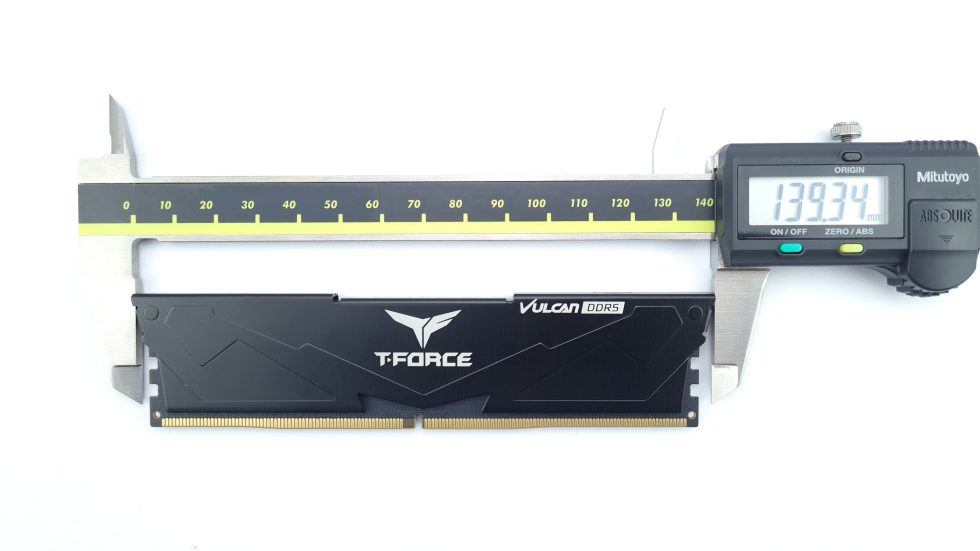
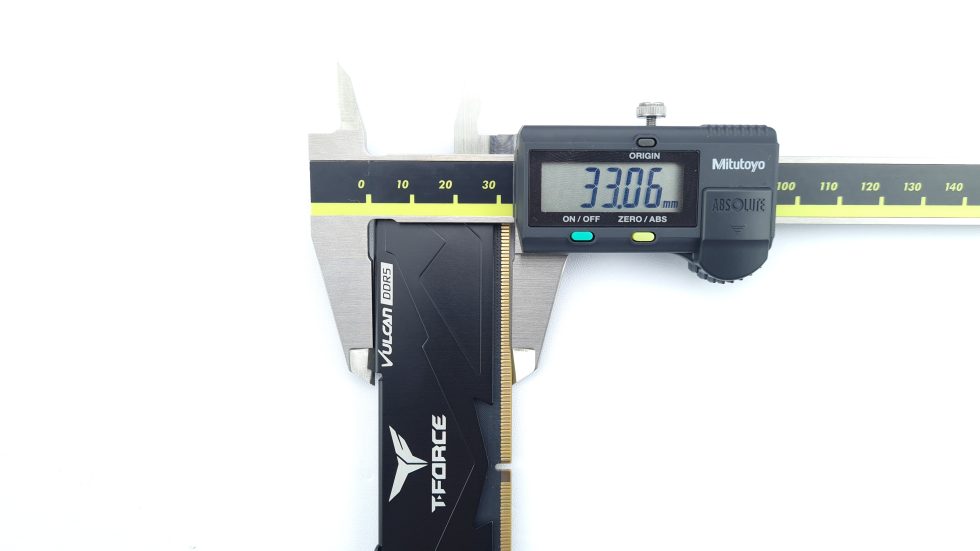

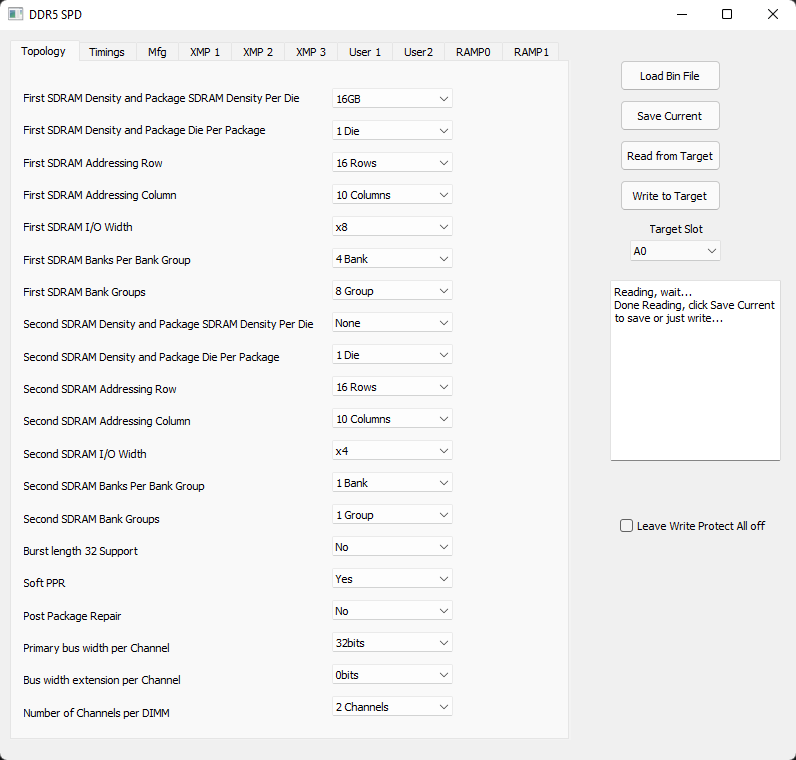
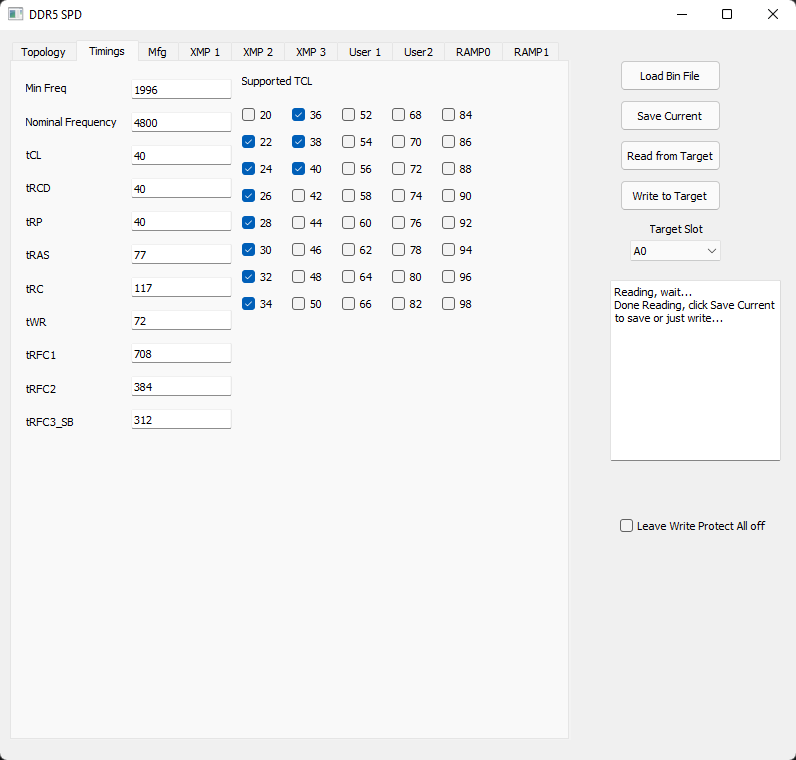
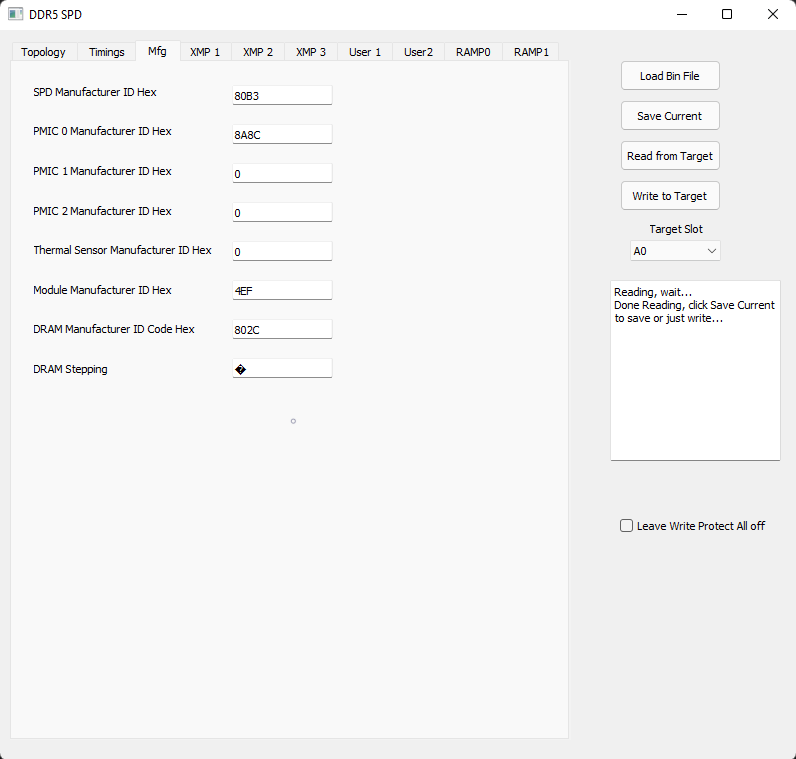
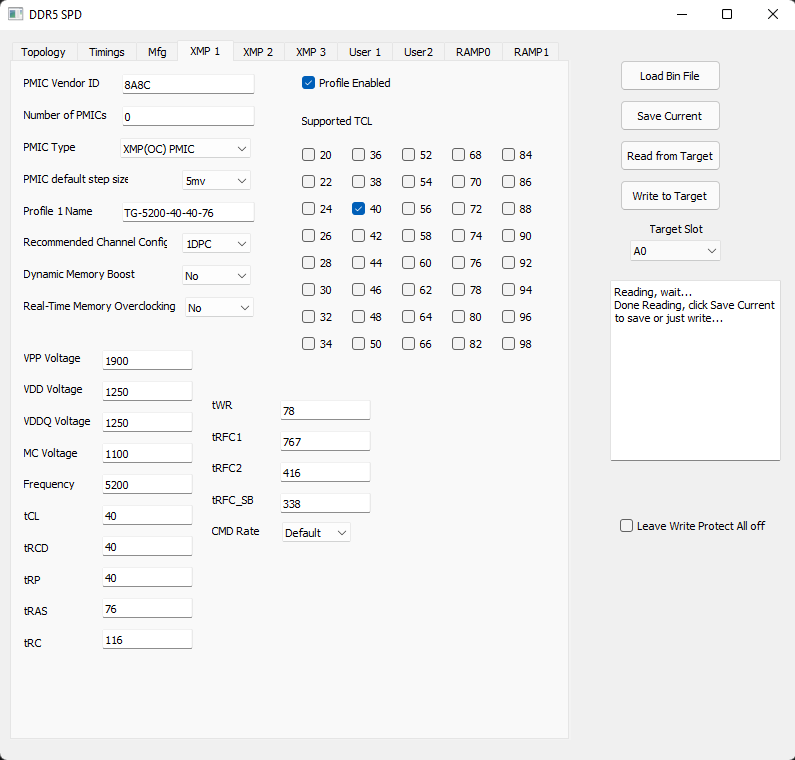


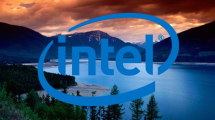















10 Antworten
Kommentar
Lade neue Kommentare
Urgestein
Urgestein
Veteran
Veteran
Veteran
Urgestein
Veteran
Urgestein
Veteran
Neuling
Alle Kommentare lesen unter igor´sLAB Community →